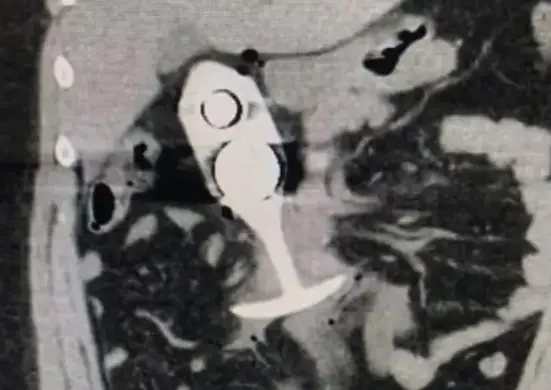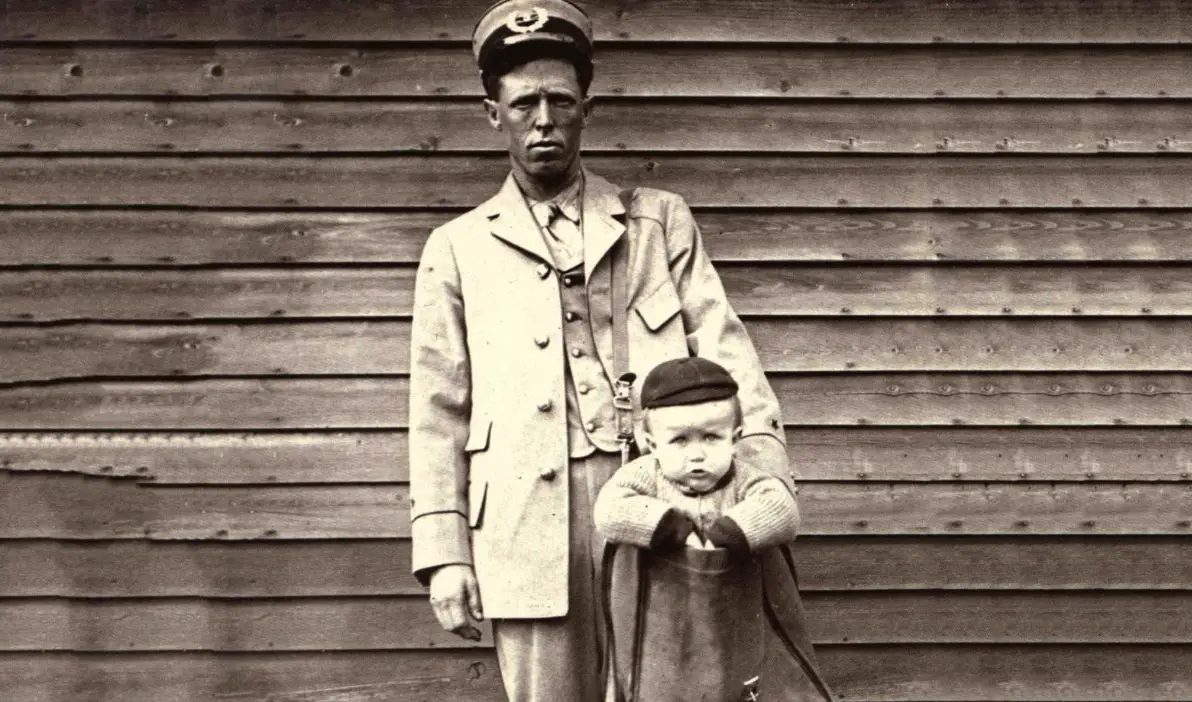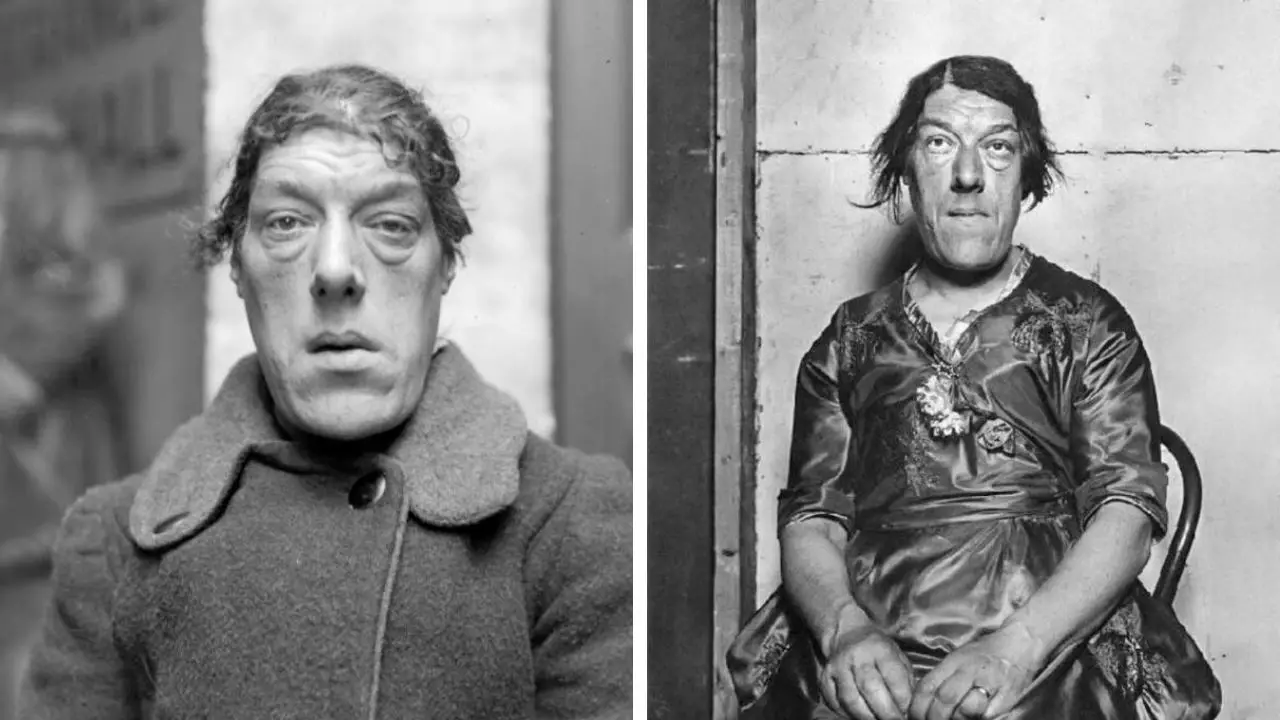Transgender woman’s topless protest sparks legal battle in Tennessee

A Bold Stand for Recognition
In November 2011, Andrea Jones, a 34-year-old transgender woman from Morristown, Tennessee, walked out of a Department of Motor Vehicles (DMV) office and removed her shirt in the parking lot.
Her act was not a stunt but a calculated protest. The Tennessee Department of Safety had just denied her request to change her driver’s license gender marker from male to female.
Jones, who had undergone partial gender reassignment surgery, argued that if the state viewed her as male, she should have the same rights as men, including going topless in public, which is legal for men in Tennessee.
Her protest quickly escalated. Police arrested Jones for indecent exposure, a charge typically applied to women exposing their breasts.
The police report referred to her as “Mr. Jones,” underscoring the state’s refusal to recognize her gender identity.
Jones spent 23 days in a male prison, a decision that raised serious concerns about her safety and highlighted systemic issues in how transgender individuals are treated by the legal system.
This incident, reported by outlets like HuffPost and The Advocate, became a flashpoint in the ongoing struggle for transgender rights.
It exposed the contradictions in Tennessee’s gender recognition policies and sparked a broader conversation about equality, legal recognition, and the treatment of transgender individuals in custody.
The Background: A Clash of Policies
Andrea Jones’s protest was rooted in a deeply personal struggle. She had already taken significant steps in her transition.
Jones underwent breast implant surgery and had a surgeon’s letter confirming the removal of her male genitalia.
This was sufficient for the Social Security Administration to recognize her as a woman, updating her federal records accordingly.
However, Tennessee’s Department of Safety had stricter requirements.
According to PinkNews, the state demanded a doctor’s statement verifying a “full sex change,” a term often interpreted as requiring complete genital reconstruction.
Jones’s partial surgery did not meet this threshold. The discrepancy left her in a legal gray area: a woman to the federal government, a man to Tennessee.
Frustrated by this inconsistency, Jones decided to challenge the state’s logic.
“It’s not right for the state to ask me to be both male and female,” she told WATE-TV, as cited by multiple sources. “A choice needs to be made. They cannot hold me to both standards.”
The Incident: A Protest in the Parking Lot
On November 15, 2011, Jones visited the Morristown Driver’s License Office to update her gender marker.
After being denied, she walked outside and removed her shirt, standing bare-chested in the parking lot.
Her reasoning was clear: if Tennessee classified her as male, she should be allowed to go topless, as men face no legal repercussions for doing so in public spaces.
Jones’s protest was short-lived. Law enforcement officers arrived swiftly.
They arrested her for indecent exposure, a charge rooted in Tennessee Code Annotated § 39-13-511, which defines public indecency as exposing private body parts in a manner that offends public decency.
The police report, as noted by The Advocate, referred to Jones as “Mr. Jones” and stated that she “continued to yell that he had the right to show his breasts in public.”
This language reflected the state’s refusal to acknowledge her gender identity, even as they charged her with a crime typically associated with women.
Legal Proceedings: Arrest and Imprisonment
Following her arrest, Jones was booked into a local jail and later transferred to a state prison.
According to PinkNews and Planet Trans, she spent 23 days in custody. Reports suggest she was housed in a male facility, a decision that aligned with her legal classification as male but posed significant risks.
Transgender women in male prisons often face heightened dangers, including physical and sexual violence, as documented in studies by organizations like the National Center for Transgender Equality.
Jones’s court date was set for December 20, 2011, but public records on the outcome are limited.
It remains unclear whether she was convicted, fined, or if the charges were dismissed.
The lack of follow-up reporting suggests the case may not have resulted in a high-profile legal precedent, but its impact resonated in advocacy circles.
As noted in a Planet Trans post, Jones’s arrest led to significant personal consequences, including job loss and potential placement on a sex offender registry, which could have long-term repercussions.
| Key Details of Andrea Jones’s Case | Information |
|---|---|
| Name | Andrea Jones |
| Location | Morristown, Tennessee |
| Date of Incident | November 15, 2011 |
| Charge | Indecent Exposure |
| Protest Action | Went topless in DMV parking lot |
| Reason for Protest | Denial of gender marker change on driver’s license |
| Prison Time | 23 days in a male facility |
| Court Date | December 20, 2011 |
| Federal Recognition | Recognized as female by Social Security Administration |
| State Recognition | Classified as male by Tennessee Department of Safety |
Broader Implications: A Call for Change
Andrea Jones’s case illuminated several critical issues facing transgender individuals, particularly in states with conservative policies.
Inconsistent Gender Recognition
The core of Jones’s protest was the contradiction between federal and state policies.
The Social Security Administration’s acceptance of partial surgery contrasted sharply with Tennessee’s rigid requirements.
This discrepancy created a legal limbo for Jones, forcing her to navigate conflicting identities.
Advocacy groups, such as the Transgender Law Center, have since pushed for streamlined policies that allow gender marker changes based on self-identification or minimal medical documentation, a standard adopted by many states post-2011.
Transgender Rights and Civil Disobedience
Jones’s topless protest was a form of civil disobedience, designed to expose the absurdity of Tennessee’s policies.
By leveraging the state’s own logic against it, she highlighted the need for systemic change.
Her actions echoed other transgender protests, such as those challenging bathroom access or identification laws, which have gained traction in recent years.
Her case, covered by outlets like LGBTQ Nation, underscored the power of individual action in sparking broader conversations.
Prison Placement and Safety
Jones’s placement in a male prison raised alarms about the treatment of transgender inmates.
In 2011, Tennessee lacked clear policies for housing transgender prisoners, often defaulting to birth certificates or legal sex designations.
This practice, still common in many states, increases risks for transgender women, who face disproportionate rates of violence in male facilities.
The National Center for Transgender Equality reports that transgender inmates are five to six times more likely to be assaulted than the general prison population.
Jones’s case highlighted the urgent need for policies that prioritize gender identity in housing decisions.
Legal and Social Progress
While Jones’s case did not immediately change Tennessee’s policies, it contributed to a growing movement for transgender rights.
In the years following, advocacy efforts led to incremental changes in some states, including easier processes for updating identification documents.
However, Tennessee remains a challenging environment for transgender individuals, with recent laws, such as those reported by The Tennessean, targeting transgender access to public facilities.
Jones’s protest remains a touchstone for activists fighting for equality.
A Lasting Legacy
Andrea Jones’s 2011 protest was a courageous act of defiance against a system that refused to recognize her identity.
Her arrest and imprisonment in a male facility exposed the contradictions and dangers faced by transgender individuals in Tennessee.
While the legal outcome of her case remains unclear, its impact endures in advocacy circles, where it serves as a reminder of the personal costs of fighting for equality.
Jones’s story is a call to action. It urges policymakers to adopt consistent, inclusive policies for gender recognition.
It demands safer, more humane treatment for transgender inmates. Above all, it celebrates the resilience of individuals like Jones, who challenge injustice with boldness and conviction.



































